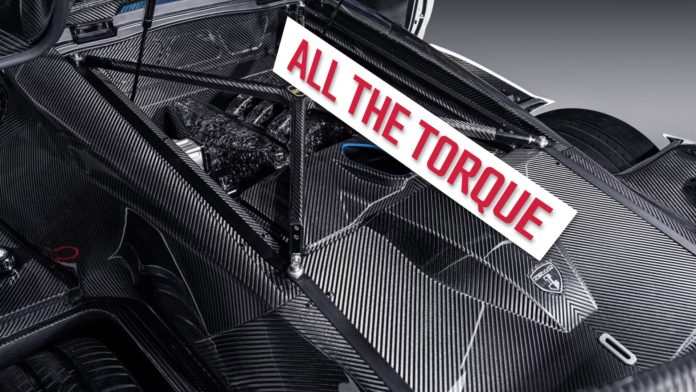For gearheads looking to secure a performance car with the most amount of torque in 2024, opting for an EV is usually the way to go. Due to their lack of inertia compared to an internal combustion engine, they can produce simply silly levels of stuff, as evidenced by the 1,741 lb-ft produced by the Rimac Nevera.
The near-silent powertrains lack something in the drama department though, so traditional gas-powered engines still win in terms of charm. CarBuzz decided to scour the automotive archives and track down the ten gas-powered production powerplants with the highest torque outputs ever.
Related
The Most Powerful Supercars And Hypercars Made In The USA
The USA is synonymous with muscle cars but it has also been home to several supercars and hypercars over the years. Here are the most powerful.
How we made our model selection:
CarBuzz
considered every production car featuring a gas-powered engine. Each entry was ranked from the least torquey to the most, with any tiebreaks being decided by which car produces the most power. All information is sourced from trusted providers such as the car manufacturer of each model.
10 2016 Koenigsegg Regera 5.0-Liter V8: 922 lb-ft
2016 Regera V8
|
Layout |
Twin-turbocharged 5.0-liter |
|---|---|
|
Power |
1,100 hp |
|
Torque |
922 lb-ft |
Koenigsegg isn’t known to do things by halves, and this approach is abundantly clear with the Regera. Featuring just one gear, the Regera comes with not only the Swedish brand’s twin-turbo 5.0 liter V8, but a trio of electric motors. While the motors do their bit in boosting the vehicle’s performance, the V8 does the lion’s share of the work.
Producing 1,100 hp, the all-aluminum powerplant features a dual-overhead cam setup. It also has a potent compression ratio of 9.3:1, which helps the car put out a commanding 922 lb-ft of torque even without EV assistance.
9 2015 Koenigsegg Agera RSR 5.0-Liter V8: 944 lb-ft
2015 Agera RSR V8
|
Layout |
Twin-turbocharged 5.0-liter |
|---|---|
|
Power |
1,160 hp |
|
Torque |
944 lb-ft |
The Agera RSR features a similar 5.0-liter engine to the Regera, though unlike its sibling, it doesn’t come with any kind of hybrid drive system. Instead, the engine does all the work, so it’s tuned differently than the units featured in the Regera.
This means power is up from 1,100 hp to 1,160 hp, while torque gets a small boost from 922 lb-ft to 944 lb-ft. The rest of the internals remain pretty much the same, from the carbon fiber intake manifold to the high-speed oil-starvation preventing dry sump oiling system.
8 2009 Zenvo ST1 7.0-Liter V8: 1,055 lb-ft
2009 ST1 7.0 V8
|
Layout |
Twin-Turbocharged 7.0-liter |
|---|---|
|
Power |
1,089 hp |
|
Torque |
1,055 lb-ft |
The Danish Zenvo ST1 is one of the rarest powerhouses on this list, with just 15 examples of the car ever produced. While not plentiful, it made an impact with its meaty 7.0-liter V8, which featured a complex twin-charged setup. This meant that it featured both a turbo and a supercharger, the latter ensuring the car had ample low-end torque before the turbo kicked in, preventing lag.
The powerplant afforded 1,089 hp and 1,055 lb-ft to the ST1s unsuspecting driver, a lot of grunt from a car few have actually heard of. This grunt allowed the supercar to blast past the 60 mph barrier in only 3.0 seconds, a figure that illustrates that this is a car that shouldn’t be messed with.
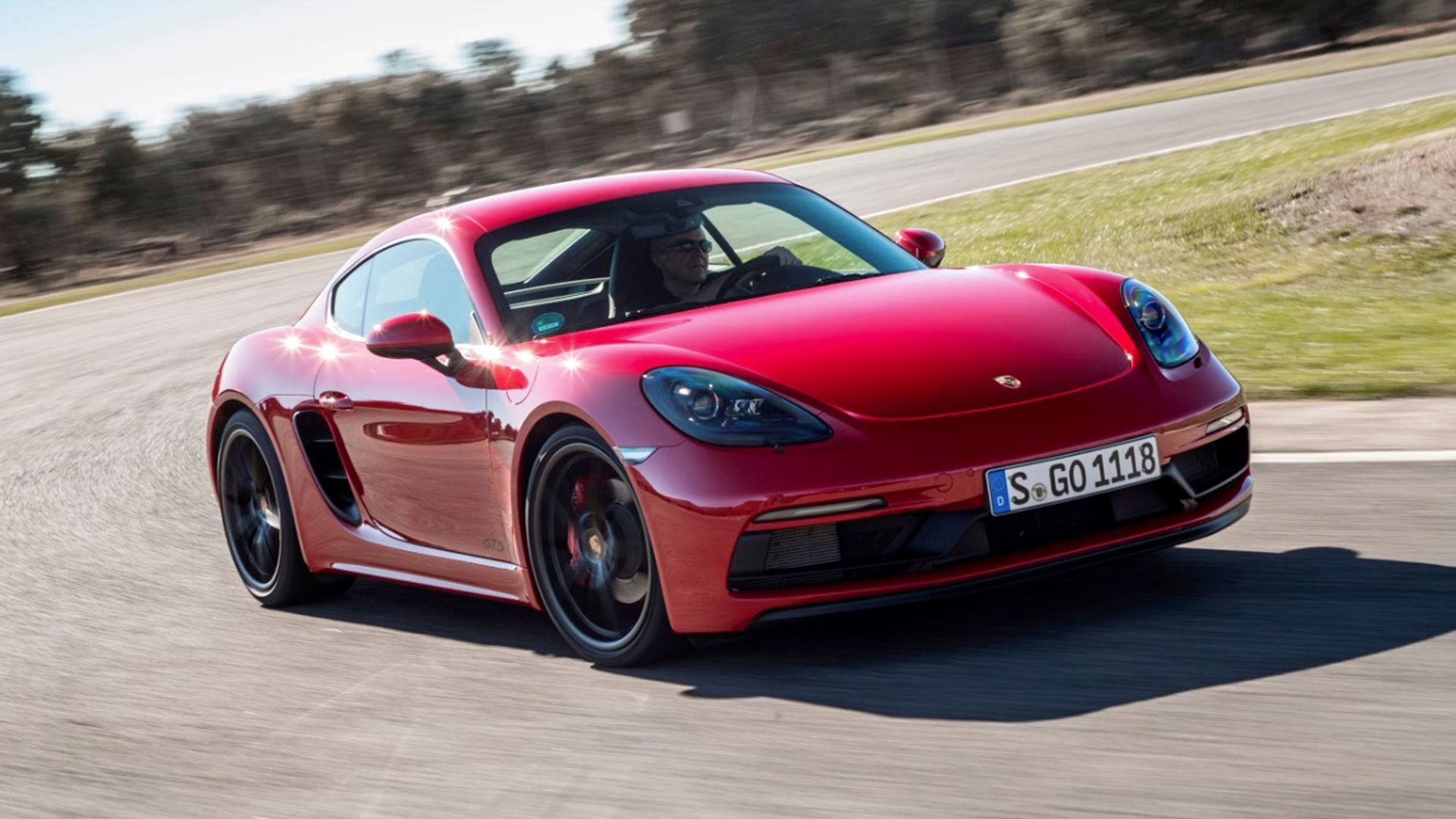
Discussion
What are the pros and cons of mid-engine cars?
This engine layout is typically used for high-performance sports cars, as the placement of the engine in the middle of the car’s body enhances traction and creates ideal weight distribution. Cars like the Porsche Cayman and Audi R8 use a mid-engine layout to great effect. On the downside, mid-engine cars often suffer from poor packaging and have limited interior/cargo space. Mid-engine cars can also be more challenging to control when they lose grip and begin spinning. Finally, this layout is typically more expensive to engineer.
7 2010 Bugatti Veyron SS 8.0-Liter W16: 1,106 lb-ft
2010 Veyron SS W16
|
Layout |
Quad-turbo 8.0-liter W16 |
|---|---|
|
Power |
1,183 hp |
|
Torque |
1,106 lb-ft |
Feeling that the Bugatti Veyron’s insane quad-turbo 8.0-liter W16 had a little more potential, the Volkswagen-owned marque tasked its engineers with finding it. They duly obliged, and managed to enlarge each of the four turbos and the intercoolers. This change allowed them to push power up to 1,183 hp, while torque peaked at 1,106 lb-ft.
Alongside a stiffer chassis and tweaked suspension setup, the Veyron SS turned the hardcore dial up to 100.
6 2009 SSC Ultimate Aero TT 6.3-Liter V8: 1,106 lb-ft
2009 Ultimate Aero TT V8
|
Layout |
Twin-turbocharged 6.3-liter |
|---|---|
|
Power |
1,287 hp |
|
Torque |
1,106 lb-ft |
As SSCs first attempt at a physics-bending performance car, the Ultimate Aero certainly made its mark. Aiming to eclipse the original Bugatti Veyron’s 252 mph benchmark, it made a series of upgrades to the first version of the Aero that debuted in 2005. The TT was SSCs crowning achievement, with the company designing its own twin-turbo 6.3-liter V8 for the project.
With 1,287 hp and 1,106 lb-ft of torque on tap, SSC declared the Ultimate Aero TT could reach 267 mph. WIth a big enough stretch of road, of course.
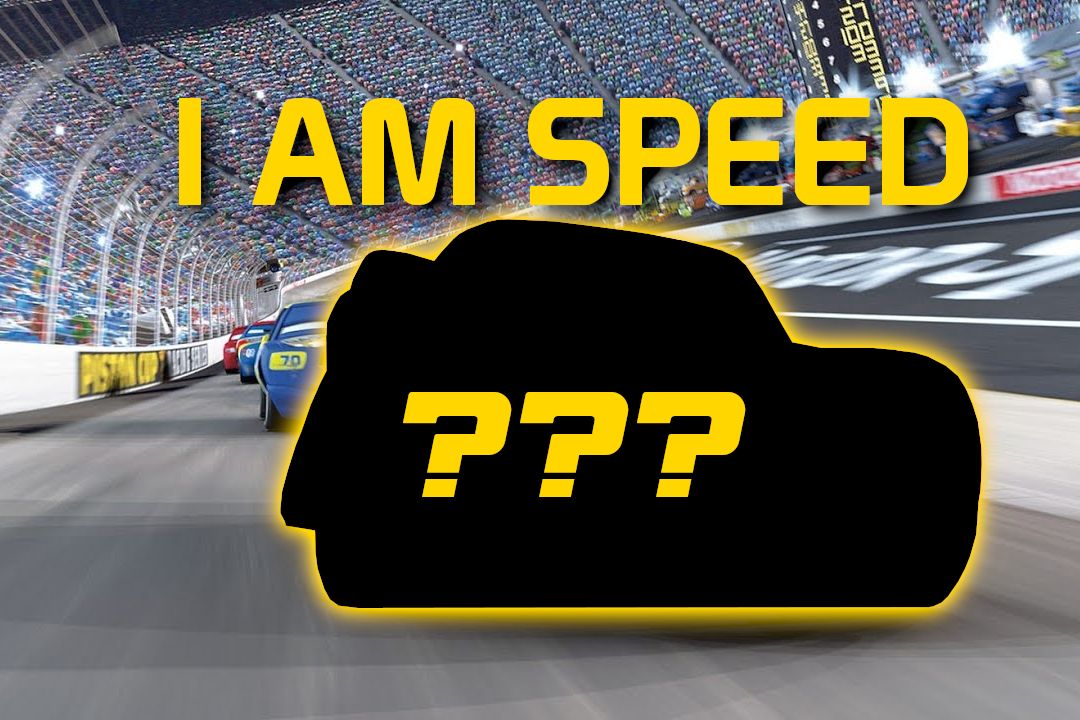
Related
Fastest Car: Who Really Builds The Fastest Street-Legal Production Car?
Everyone makes their own claims, and no one seems to agree. Is it Bugatti? Hennessey? Koenigsegg?
5 2016 Koenigsegg Gemera 5.0-Liter V8: 1,106 lb-ft
2016 Gemera V8
|
Layout |
Twin-turbocharged 5.0-liter |
|---|---|
|
Power |
1,500 hp |
|
Torque |
1,106 lb-ft |
Opting for a strategy of evolution not revolution with its Gemera offering, Koenigsegg utilized an upgraded version of the V8 used in its earlier Regera. Enhanced turbochargers were part of the deal, as was a new flat-plane crankshaft that shaved the total weight of the engine by 11 pounds.
The changes were eye-opening, with power blasting to 1,500 hp and torque rising to 1,106 lb-ft. Combined with a nine-speed gearbox and four-wheel drive, which comes with a trick torque vectoring system, the Gemera is arguably one of the most extreme cars to come from Koenigsegg yet.
4 2011 Hennessey Venom GT 6.2-Liter V8: 1,155 lb-ft
2011 Venom GT V8
|
Layout |
Twin-turbocharged 6.2-liter |
|---|---|
|
Power |
1,244 hp |
|
Torque |
1,155 lb-ft |
The Hennessey Venom GT was Henessey’s, which normally plays its trade boosting muscle cars and SUVs, first attempt at building a bespoke supercar. Utilizing a twin-turbocharged 6.2-iter LS7 V8 from Chevrolet, which was twinned with the lightweight chassis of a Lotus Elise, the Venom GT wasn’t for the faint of heart.
With 1,244 hp and 1,155 lb-ft being channeled to the rear wheels via a six-speed manual transmission, the mental supercar could reach 270 mph. Hennessey wasn’t finished yet though, as the Venom GT was only the test bed for their next offering.
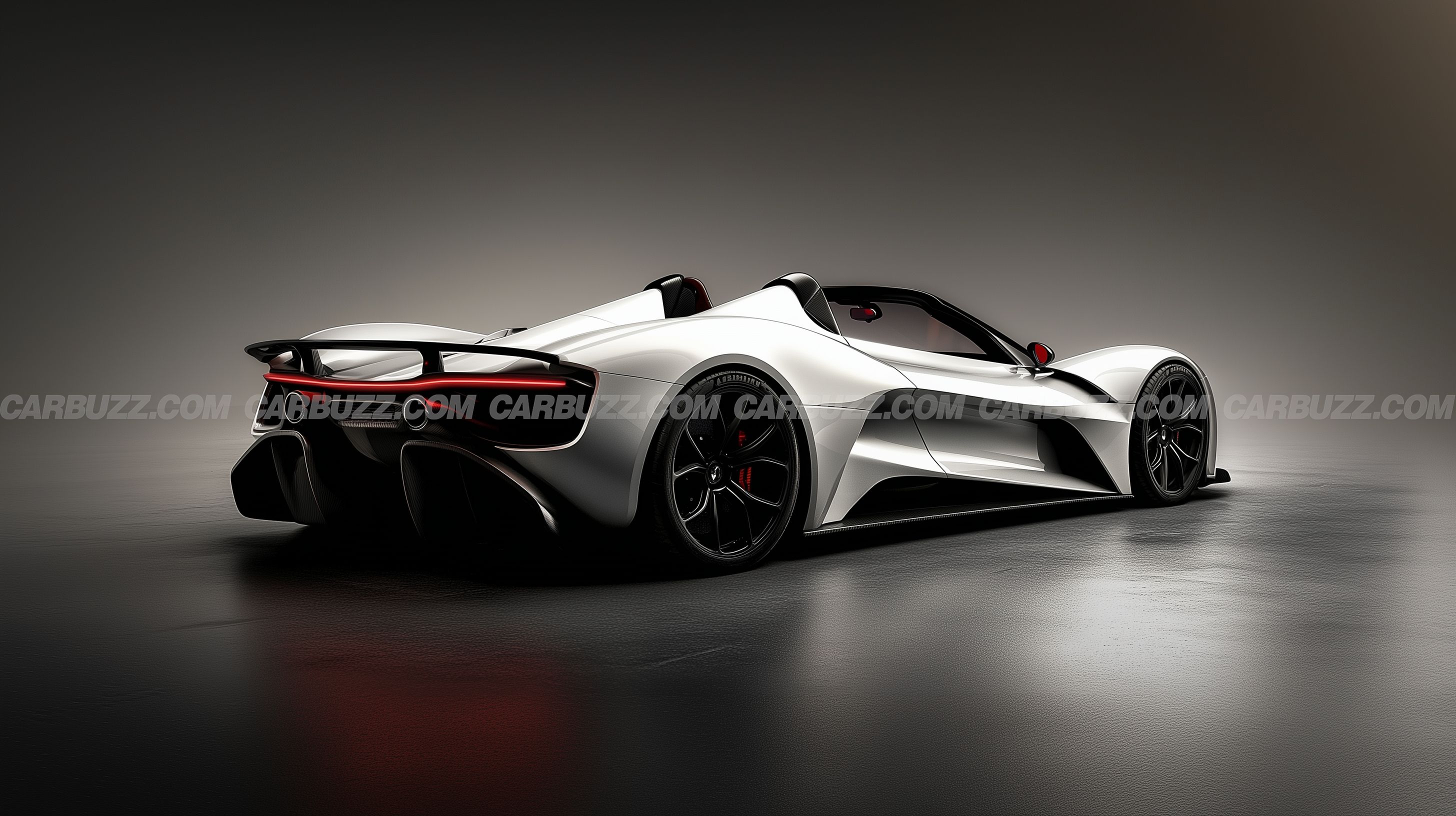
Related
Hennessey’s New Driver-Focused Hypercar Has The Coolest Codename
Touted as an American successor to the Porsche Carrera GT, it will be a visceral celebration of driving pleasure. But a cool name helps, too.
3 2016 Bugatti Chiron 8.0-Liter W16: 1,180 lb-ft
2016 Chiron W16
|
Layout |
Quad-turbocharged 8.0-liter |
|
Power |
1,578 hp |
|
Torque |
1,180 lb-ft |
After Bugatti had finished injecting the Veyron with steroids to create the SS, they suddenly realized that they’d not tried hard enough. The marque therefore elected to continue working on the quad-turbo W16 and feature it in the Veyron’s successor, the Chiron.
The turbos and intercoolers were enlarged once more compared to the Veyron SS, while a new duplex fuel injection system was implemented to increase its efficiency, bringing with it a boost in grunt. With around 50% more power than the base Veyron at 1,578 hp, torque was also up to 1,180 lb-ft. Having achieved this amazing feat, Bugatti have finally laid the old girl to rest, the engine set to be replaced by a V16 in its upcoming Tourbillon.
2 2022 Hennessey Venom F5 6.6-Liter V8
2022 Venom F5 V8
|
Layout |
Twin-turbocharged 6.6-liter |
|---|---|
|
Power |
1,817 hp |
|
Torque |
1,193 lb-ft |
The Venom F5 was Hennessey’s second album, but on this occasion, tough wasn’t the word to describe it. Try blazing, or perhaps physics-defying, as its in-house developed twin-turbo 6.6-liter V8 brought a scarcely-believable 1,817 hp and 1,193 lb-ft of torque to the party.
Named ‘Fury’, the V8 features a compression ratio of 10:1, which is one of the elements that allows it to rev to an eardrum-bursting 8,500 rpm. Seeing as it weighs a slither under 3,000 lbs too, any pilot that is lucky enough to get behind the wheel of the F5 needs to remain vigilant.
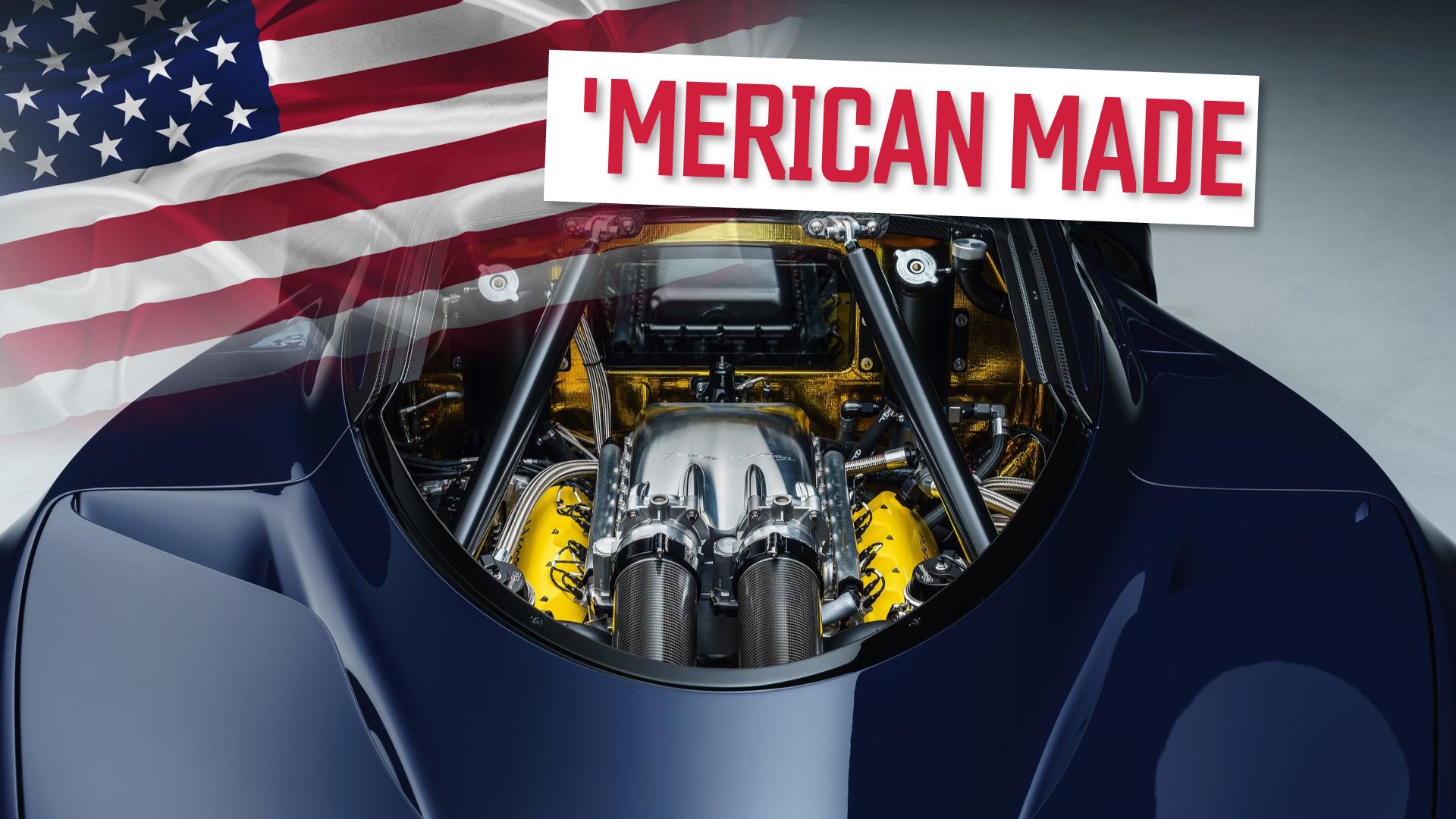
Related
The Best V8 Engines By Horsepower, Torque, Displacement, And Power Density Are All American Made
Which V8 engine has the most horsepower? The most torque? The largest displacement or the best power density?
1 2020 SSC Tuatara 5.9-Liter V8: 1,322 lb-ft
2020 Tuatara V8
|
Layout |
Twin-turbocharged 5.9-liter |
|---|---|
|
Power |
1,350 hp |
|
Torque |
1,322 lb-ft |
While Hennessey’s second album was pretty potent, it couldn’t deal with SSCs own attempt at a follow-up. The Tuatara utilizes a twin-turbo 5.9-liter V8, which is placed in the middle of the car for optimal weight distribution. The powerplant brings 1,350 hp and a truly ridiculous 1,322 lb-ft of torque to the table.
Run it on E85 Methanol fuel, and you can expect 1,750 hp. With the power sent to the screaming rear tires via a seven-speed automatic gearbox, the Tuatara’s blazing V8 is the torque benchmark for gas-powered engines.
Sources:
Koenigsegg, Zenvo, Bugatti, SSC, Henessey, RM Sotheby’s, Bonhams, Mecum Auctions, Broad Arrow Auctions, Bring a Trailer

